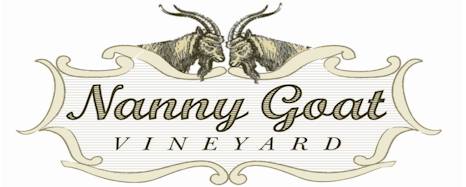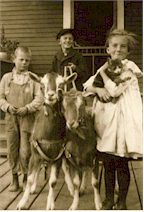


Alpine mountains to the west, rocky ranges to the south and dry tussock covered hills to the east dominate the landscape, and all assist in the topographical elements of this most exceptional of terroirs. In between all of this grandness, on the lush valley floors are nestled the Nanny Goat Vineyards.

This is a region of climatic extremes, with typically very hot summers, short autumns and bitterly cold days in winter. The soils are rocky with poor fertility. All of these conditions are perfect for producing world-class Pinot Noir. The unique terroir of Central Otago produces wines with incredible intensity and distinction. Nanny Goat Vineyard focuses solely on Pinot Noir.
Nanny Goat Vineyard Pinot Noir is all about finesse and layers of complexity. The fruit is the focus and it is encouraged to express itself. Nanny Goat concentrates on making wines that show varietal and regional cherry fruits, with oak balance and tannin structure.
























